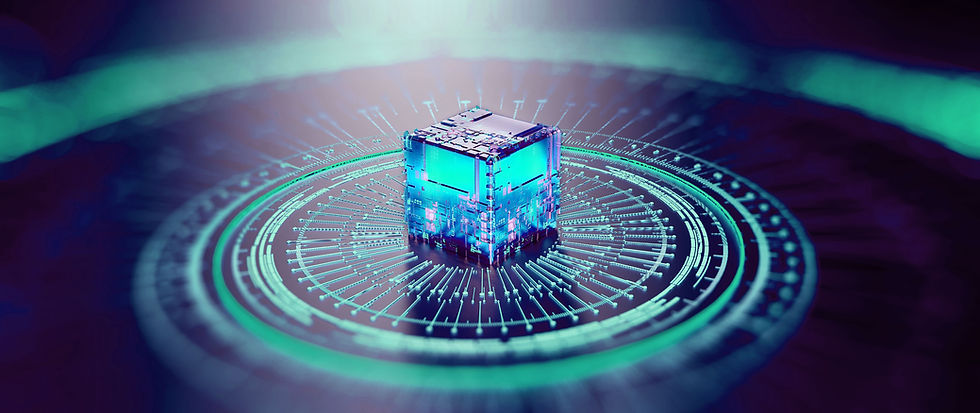Week 2: Creative UK 19.01.2024
- Rain Ko
- Jan 19, 2024
- 1 min read
Updated: Feb 12, 2024

The design industry has different categories, such as fashion, graphic design, product design, etc. In public perception, people may think that the design field does not have a promising future. With the passage of time, science and technology are constantly evolving, and artificial intelligence (AI) is capable of performing a wide range of tasks, potentially replacing much of the work currently done by humans. In the future, it is possible that designers may no longer be needed.
While it is true that AI can accomplish many things and has the potential to automate various aspects of design, it is important to consider that design is not solely about technical execution. Design involves creativity, critical thinking, and problem-solving skills that are deeply rooted in human ingenuity. Designers bring a unique perspective, aesthetic sensibilities, and an understanding of human emotions and needs that AI has yet to replicate fully.
Instead of viewing AI as a threat, it is more productive to see it as a tool that can enhance the design process. AI can assist designers in generating ideas, performing repetitive tasks, or analyzing large datasets. This collaboration between human designers and AI can unlock new possibilities and push the boundaries of design further.
Ultimately, while AI may impact certain aspects of the design industry, the role of designers is likely to evolve rather than disappear completely. Designers will continue to be valued for their creativity, originality, and ability to connect with people on a deeper level. Adapting to and embracing technological advancements will be key for designers to thrive in a changing landscape.





Comments